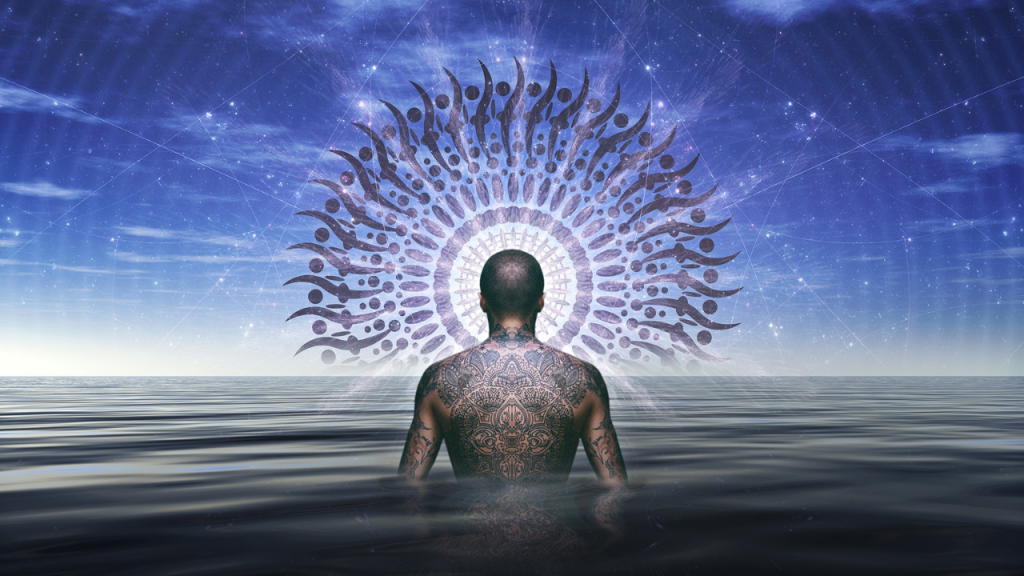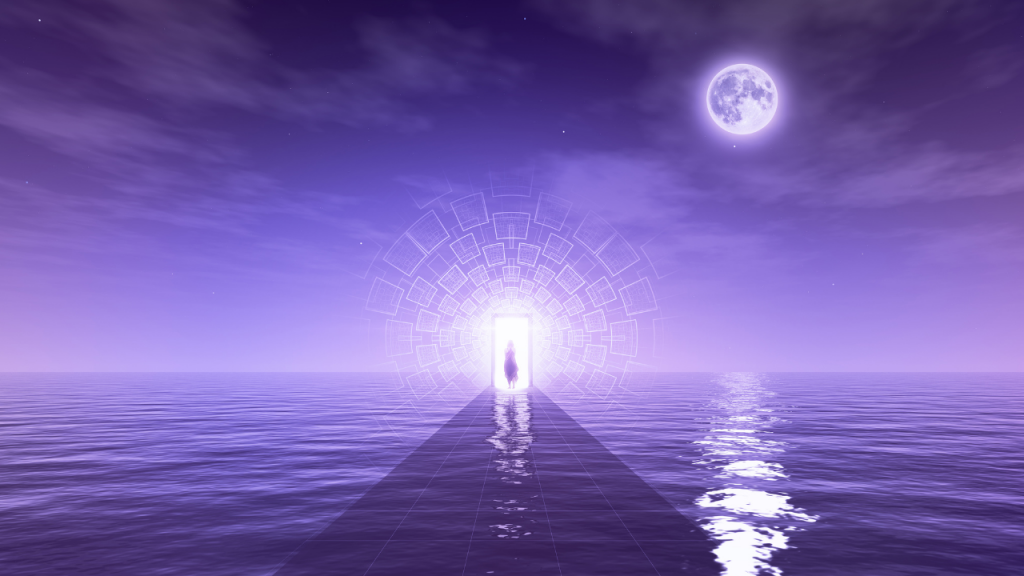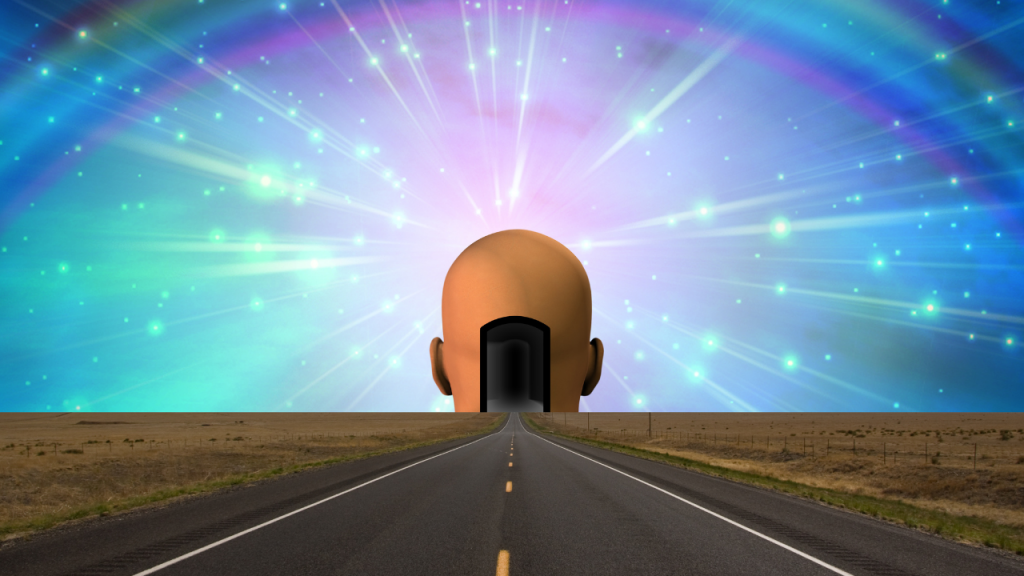Enlightenment is nothing but firm recognition of one’s innate divinity. One is always operating from this divinity and at some level is cognizant of it. However, when one re-cognizes it with full conviction, there is a mutation that begins within the body-mind-soul. This mutation is called Enlightenment. True Life begins with Enlightenment, doesn’t end with it.
One is typically told that Enlightenment requires a lot of efforts. There are other schools that profess that efforts hinder the enlightenment process. The fact is that both are ironically true. Efforts are required to connect to the God-force which supports the enlightenment process. God or Siva when communed with, releases a Force or Sakti that facilitates enlightenment without being its direct cause.

The reason why Sakti or for that matter any Sadhana (the regimen that releases Sakti) cant be considered the cause of enlightenment is because the enlightenment process (or non-process) lies beyond spacetime. Causation is limited to spacetime. Enlightenment is beyond spacetime because one’s innate divinity is beyond spacetime, hence its recognition is beyond spacetime. At best, sadhana creates conditions to facilitate the recognition of the innate divinity, the recognition of Consciousness as one’s innate state and a near-permanent identification with it. However since it is just a recognition and not a re-creation of one’s innate divinity, it is said that enlightenment cannot be effected through a cause.
Sadhana creates conditions for one to directly see that nothing needs to be done (it is effortless) in order to align with consciousness, that one is already always in Consciousness, as Consciousness. However arriving at this realisation requires efforts or purushartha via Sadhana. Hence the presence of both efforts and effortlessness in the enlightenment process.

Now, let us look at the various stages of the process, through the lens of Advait Vedanta or a path within it called the ‘path of Self-Enquiry’ as popularised by the great Tamil sage Sri Ramana Maharshi. The latter stages of the process have been picked from the Siddhanta tradition. The various enlightenment-related terms used in this article are often used interchangeably by many.
Typically, destabilisation of one’s mundane life puts one on the spiritual path. That process is called ‘Awakening’. At a certain advanced point in the awakening journey, one gets glimpses of one’s inherent Self, one’s Consciousness. The first awareness of the knowledge of such Consciousness as a condition that is tucked away somewhere within us is called Self-Realisation.
The near-permanent identification with Consciousness that we discussed earlier on is essentially the first stabilisation in Consciousness. It is called Self-Abidance (Aham Brahmasmi) Even Self-abidance is however not the culmination of the spiritual process. From there, the plot only thickens and Enlightenment deepens. One becomes more and more aware of Consciousness as the substratum of not just himself or herself but as the substratum of everything that is perceivable and conceivable.

Perceivable and conceivables – in one sense – vanish because they are re-identified as apparent modifications of Consciousness itself. Alternately, they are therefore called an illusion or Maya. Once all Maya is seen as Consciousness itself, then the world becomes an object of inherent delight, rather than a distraction or obstruction in the enlightenment process or as a source of suffering. This then becomes the second stabilisation in Consciousness, technically called ‘Self-Absorption’ (Tatvam Asi and Sarvam Khalvidam Brahmam)
When Self-absorption goes deeper and doesn’t require thinking in terms of concepts like Consciousness, Maya and the like, the person stabilises into the Natural State or Sahaj Samadhi.

Until Sahaj Samadhi, the soul firmly knows that the body too is nothing but consciousness apparently modified within the illusion but hasn’t demonstrated it practically. Going forward of Sahaj Samadhi, the soul advances to demonstrate this equivalence of body and consciousness/energy in real life. The self-absorbed one gradually starts converting his body into light. There are two ways the exalted ones succeed at that. Some choose to either accomplish only the light body and vanish (instead of dying) while others accomplish the activated light body within even while occupying the apparent flesh body. On being photographed, such an exalted one may occasionally get captured as light with contours rather than as flesh with contours.
On conclusion of his flesh existence, he too like the former disappears as light. As light, the exalted one either becomes a star in the sky or enters a spiritual galaxy that his soul resonates with. Accomplishing such a body of light that is capable of instantaneous dematerialisation and galactic travel is Soruba Samadhi, the highest type of Samadhi known to mankind. After Soruba Samadhi, the soul need not be reborn. If the soul comes down to the Earth plane, he would do so only to support humanity in some way in the form of an Avatar – a full-blown Purnavatar or a partial Anshavatar. That then completes the entire cycle of the enlightenment and liberation process.
